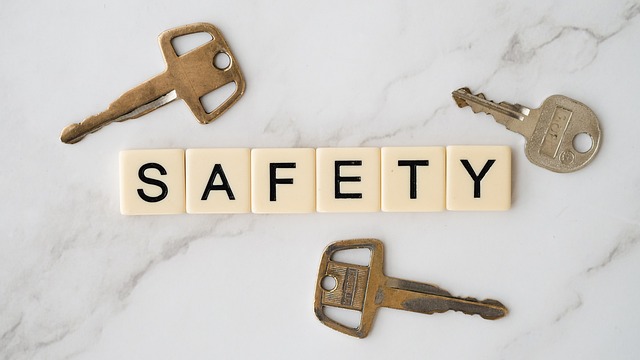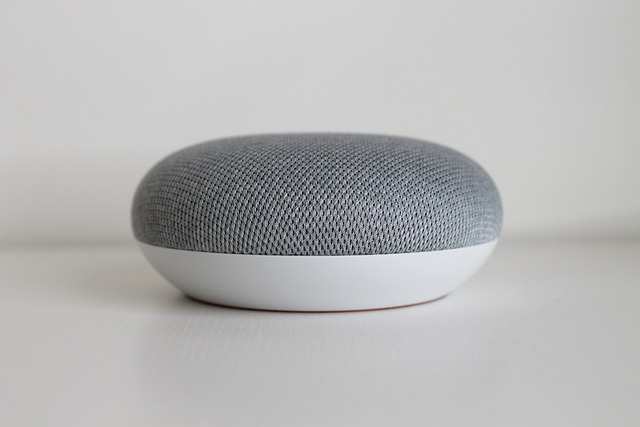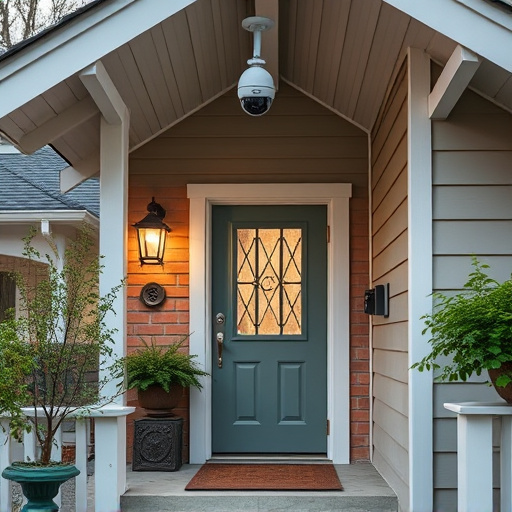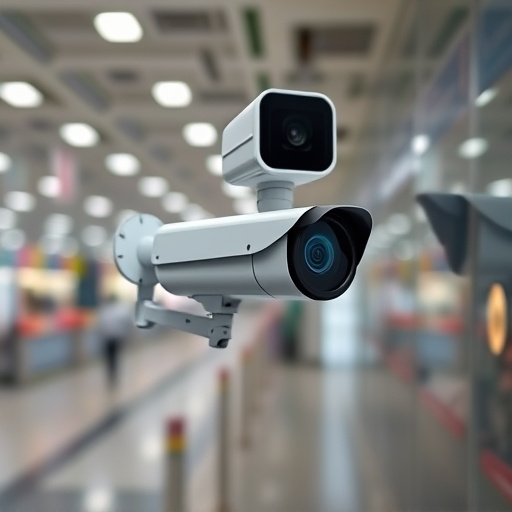Smart home devices are transforming home safety with real-time monitoring and remote access. This guide introduces key technologies like motion sensors, door/window contacts, and AI-equipped security cameras. Integrating these components creates a central system for remote monitoring, instant alerts, and automated responses via voice assistants or apps. Starting with basic devices like door sensors and motion detectors is ideal for newcomers, offering peace of mind and quick response times. Advanced features include smart locks, 24/7 surveillance cameras, and automated lighting for enhanced protection and convenience. Integrating these technologies transforms homes into sophisticated safety systems.
Enhancing home safety with modern technology has never been easier thanks to smart home devices. This comprehensive guide dives into the world of home safety technology, offering a beginner’s perspective on creating a secure environment. From understanding the basics of smart home devices for safety to exploring advanced solutions like smart cameras, motion sensors, and access control systems, this article provides an overview for anyone looking to implement smart home protection. Learn how to integrate these innovations into your living space for optimal security.
- Understanding Smart Home Devices for Safety: An Overview
- Benefits of Implementing Smart Home Security Systems
- Essential Smart Home Devices for Beginners
- Integrating Smart Cameras and Motion Sensors for Surveillance
- Advanced Smart Locks and Access Control Solutions
- Creating a Comprehensive Smart Home Safety Network
Understanding Smart Home Devices for Safety: An Overview

Smart home devices are transforming the way we think about and achieve home safety. Beyond traditional security systems, these technologies offer a layered approach to protection, empowering homeowners with real-time monitoring, remote access, and advanced warning systems.
For beginners exploring smart home safety, understanding the options can seem overwhelming. This guide provides an introduction to common devices like motion sensors, door/window contactors, and security cameras equipped with AI for anomaly detection. Integrating these components into a central system allows users to monitor their homes from anywhere, receive instant alerts when potential threats arise, and even automate responses through voice assistants or smartphone apps. Enhancing home safety has never been easier or more comprehensive.
Benefits of Implementing Smart Home Security Systems

Implementing a smart home security system offers numerous advantages for homeowners looking to enhance their home safety. Smart home devices provide peace of mind by allowing you to monitor your property remotely, ensuring quick response times in case of any intrusions or emergencies. With just a few taps on your smartphone, you can check live feeds from cameras, control smart locks, and receive instant alerts about suspicious activities.
This technology also enables better prevention and detection strategies. Motion sensors, smart alarms, and automated lighting can deter potential intruders while connected security systems provide real-time updates to local authorities, making response times more efficient. For beginners looking to explore smart safety options, starting with basic devices like door/window sensors and motion detectors is a great way to familiarize yourself with using smart devices for home protection without overwhelming yourself.
Essential Smart Home Devices for Beginners

For those new to the world of smart homes, integrating technology to enhance home safety can seem daunting. However, a few key devices form an excellent starting point for any beginner looking to explore smart home protection. At their core, smart home devices offer a simple yet powerful way to control and monitor your living space remotely, providing peace of mind at your fingertips.
A good beginning usually starts with a reliable smart speaker or hub, like Amazon Echo or Google Nest, which serve as the central command center for all your smart devices. These act as voice-controlled assistants, allowing you to adjust settings, receive alerts, and monitor security cameras hands-free. Adding door and window sensors (e.g., Ring Doorbell or Google Nest Doorbell) allows you to receive notifications when access points are opened, while smart alarms offer advanced protection with customizable alarms and automatic emergency contacts.
Integrating Smart Cameras and Motion Sensors for Surveillance

Smart cameras and motion sensors are integral components of any comprehensive home safety technology setup. These devices offer 24/7 surveillance capabilities, allowing users to monitor their properties from anywhere using their smartphones or tablets. With advanced features like motion detection, facial recognition, and high-definition video streaming, smart cameras ensure that every corner of your home is under constant watch.
For beginners looking to enhance their home safety with smart devices, integrating these cameras and sensors is a straightforward process. Most modern systems can be set up with minimal technical expertise, making them accessible to everyone. By using smart home protection solutions, you’re not just adding an extra layer of security but also peace of mind, knowing that your home is always watched, even when you’re away.
Advanced Smart Locks and Access Control Solutions

In today’s digital era, smart home devices are transforming the way we enhance our home safety technology. A crucial component of this revolution is the advanced smart lock and access control solutions that are now available. For beginners looking to explore smart safety, these innovative systems offer a secure and convenient way to protect your property. By using smart devices for access control, you can manage who enters your home with precise authorization, eliminating unwanted intrusions and enhancing your overall home protection.
Smart locks leverage cutting-edge technology, such as Bluetooth and Wi-Fi connectivity, biometric sensors, and advanced encryption protocols, to provide robust security measures. They allow you to grant or revoke access remotely, receive real-time alerts for unauthorized attempts, and even enable voice control through virtual assistants. This level of customization and control ensures your home remains secure while offering unparalleled convenience in managing who enters your space.
Creating a Comprehensive Smart Home Safety Network

Creating a comprehensive smart home safety network involves integrating various devices and technologies to enhance your home’s protection. Start with foundational elements like door and window sensors that detect unusual activity, alerting you in real-time through a dedicated app on your smartphone. Combine these with smart cameras that provide clear, night-time vision and motion detection, allowing you to monitor your property from anywhere at any time.
For added layers of security, consider investing in a smart home hub that acts as the central command center, connecting all your devices and enabling voice control through assistants like Alexa or Google Home. This beginners guide to smart safety recommends using smart light bulbs that can be programmed to turn on and off at specific times, mimicking occupancy, and smoke or carbon monoxide detectors linked to your home’s security system for immediate alerts in case of emergencies. Using these smart devices offers peace of mind by transforming your home into a sophisticated yet responsive protection system.






